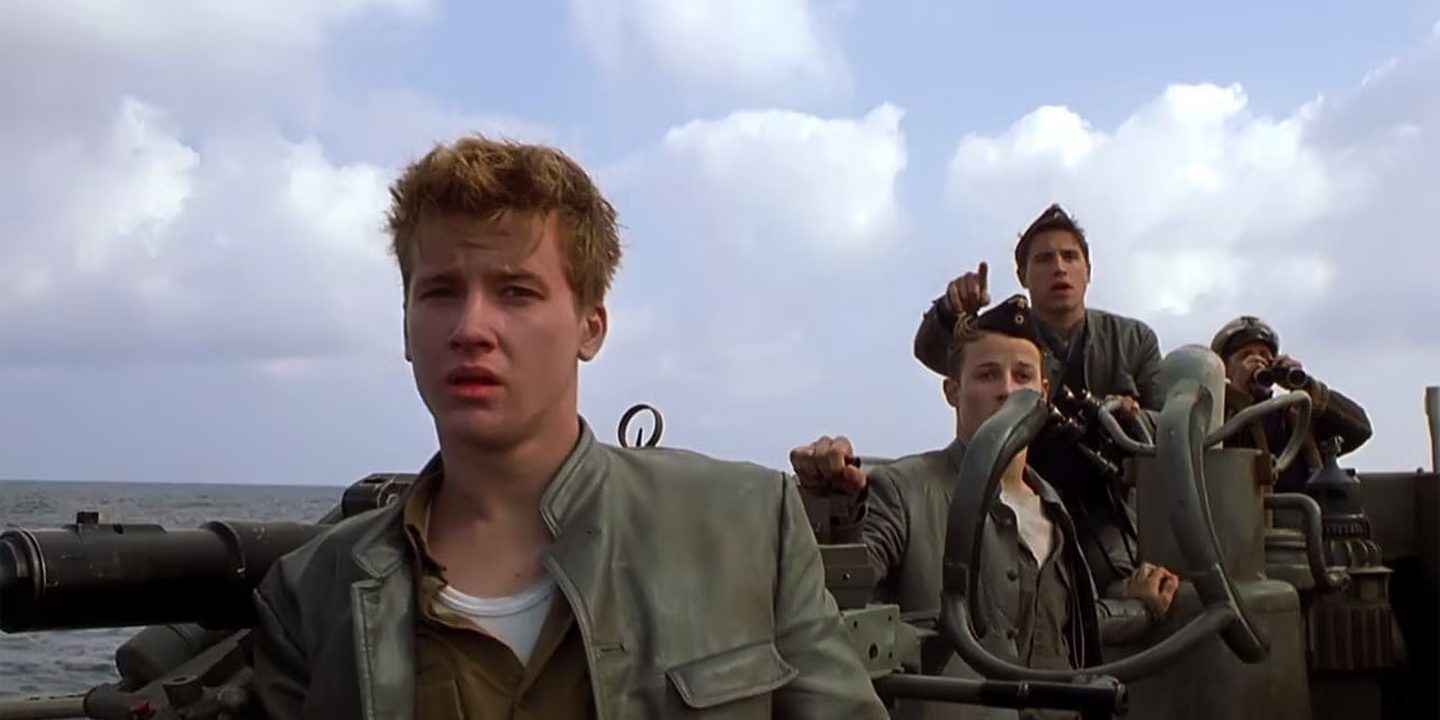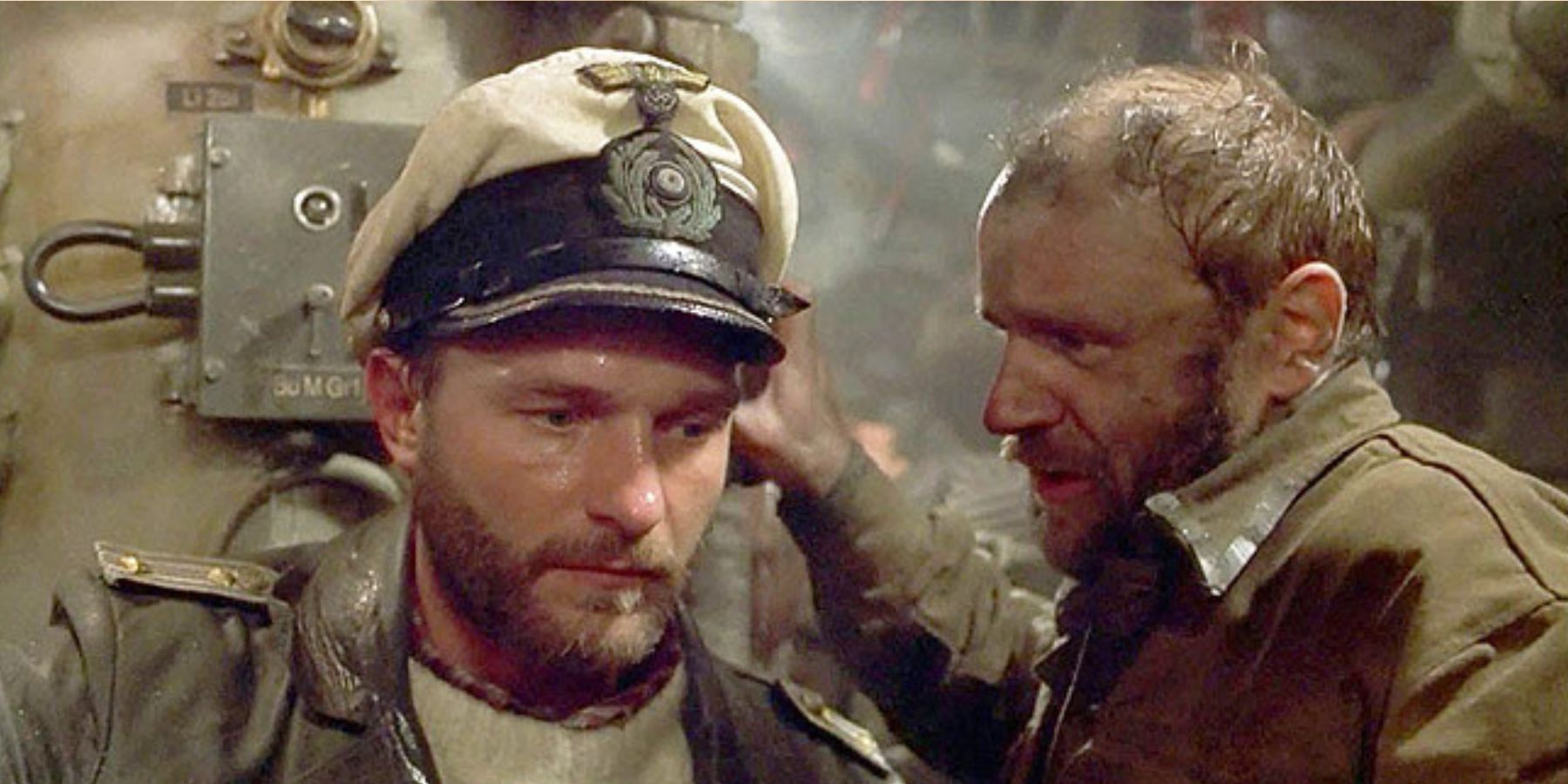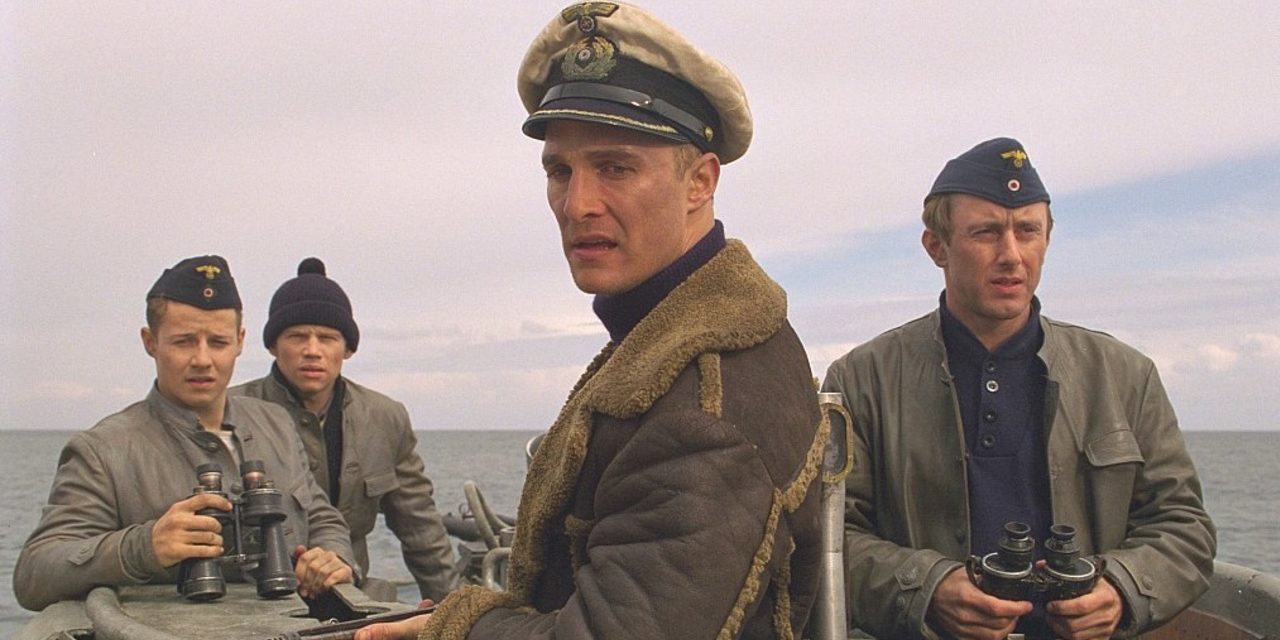Directed by Jonathan Mostow, ‘U-571’ is a 2000 World War II action film that revolves around a German submarine of the same name that breaks down and has to wait for assistance in the middle of the ocean. Making use of the opportunity, the US Navy disguises one of their submarines as a Nazi vessel and approach U-571 to infiltrate and steal the Enigma, the sophisticated encryption device on board. However, as they try to leave, an actual German relief submarine shows up and torpedoes their vessel. The surviving Americans are forced to board U-571, which they then attempt to steer to their safety.
U-571 Shares a Fictional Narrative Inspired by Real WWII Events
From the mind of Jonathan Mostow, ‘U-571’ is a fictionalized account of a real-life event that took place during World War II involving multiple German submarines, such as U-110, U-570, U-559, and U-505. The British and US Navy, though not disguised as Germans as seen in the film, boarded many German submarines after they surrendered or were damaged to look for information and insights to help them win the war. On May 9, 1941, British destroyers HMS Bulldog, HMS Broadway, and HMS Aubrietia attacked U-110 and retrieved a working Enigma machine, its cipher keys, keybooks, and other cryptological records.

However, after U-570 surrendered to British forces on August 27, 1941, the crew threw the Enigma and code books overboard, with the sub being later used to gauge German naval capabilities. Notable among other similar events is the capture of the German submarine U-505 by the US Navy in the Atlantic Ocean on June 4, 1944. When under attack, the German crew abandoned the sub after setting up scuttling charges and pulling plugs to sink the vessel.
Nevertheless, Captain Daniel V. Gallery of the US Navy led a search party of eight men into the U-boat, collecting key intel and disconnecting all charges, thus preventing the tech from being destroyed. The impending danger of the Axis sub blowing up with Allied soldiers inside is mirrored in ‘U-571.’ The US Naval team under the command of Lieutenant Andrew Tyler gets trapped inside the titular vessel following the arrival of the real German re-supply sub, which torpedoes the US vessel S-33 in the film.
The Fate of the Real U-571 in WWII
U-571 was a type VIIC German submarine that was commissioned on May 22, 1941, under the command of Kapitänleutnant (Lieutenant) Helmut Möhlmann. The vessel had nine successful patrols in the Arctic and the North and Central Atlantic. In August 1941, it sank the Soviet passenger vessel Marija Uljanova. The following year, it engaged Allied ships along the east coast of the US and the Caribbean. Between March and April of 1942, the U-571 sank three Allied vessels: Hertford (British), Koll (Norwegian), and Margaret (American). The entire crew of the Margaret was lost despite their attempt to escape.
In July 1942, the U-571 torpedoed four ships, among them the British Umtata and the Honduran Nicholas Cuneo. The other two were the US vessels SS J. A. Moffet and SS Pennsylvania Sun. While the survivors from both ships had been rescued, two people on board the SS Pennsylvania lost their lives. Kapitänleutnant Möhlmann claimed that the U-boat sank three more ships in 1943. However, no Allied records confirmed any such loss.

Oberleutnant zur See (Lieutenant Junior Grade) Gustov Lüssow took command of U-571 on May 2, 1943, following which it patrolled the west coast of Africa before returning to base on September 1. The absence of the vessel from the war records kept by the German Commander in Chief, Submarines, Admiral Doenitz, suggests that it remained docked for the remainder of the year. On 18 January 1944, Lüssow made an unverified claim of attacking and sinking an Allied destroyer. The boat finally met its end in the North Atlantic while on its 11th patrol on January 18, 1944. After losing a fight against an Australian Sunderland aircraft from RAAF 461 Squadron, the U-571 reportedly sank with all of its crew members.
Filmmakers Consulted WWII Veterans to Ensure Authenticity
Director Jonathan Mostow and producer Martha DeLaurentiis were concerned about making ‘U-571’ as authentic as possible, since films such as ‘Saving Private Ryan’ (1998) and ‘The Thin Red Line’ (1998) had made audiences used to historical accuracy in movies set during World War II. As such, they took the help of retired German, British, and American WWII submariners, who Jonathan shared “were on the set during every minute of shooting to verify the authenticity of the action.”

The primary technical advisor for the project was retired American Vice Admiral Patrick Hannifin, who was the chief officer aboard a captured German U-boat for eight months after the war ended. He devised a curriculum for the actors, training them both in classrooms and on the set about ballast systems, propulsion systems, station-by-station operations, and overall operations of the submarine. Jonathan believed that “if the actors truly had a real understanding of submarining and the technology behind it, and not just a case of pulling down the red handle or merely reading a gauge, but rather they knew what that handle was for, that it would enhance their performances. I believe it did.”
Dr. David Kahn, historian and a leading expert on Enigma, was consulted over the making of ‘U-571,’ along with retired Lt. Commander David Balme of the British Royal Navy. The latter provided vital insight into the subject as he was part of the boarding party that captured the first Enigma from the U-110 in 1941. Former German U-boat commander Captain Hans-Joachim Krug was also signed on as a consultant to better represent the German side in the film.
Despite some of the historical and creative liberties that the filmmakers took, ‘U-571’ was certified as “very authentic” by a small group of retired US submarine officers for whom a special screening of the film was held in Washington, DC. Retired Admiral William D. Smith stated that the film got the details exactly right, explaining, “The feeling of claustrophobia. The relationship between the captain and his crew. The way the water poured in when he lowered the periscope. I’ve never seen a more realistic depiction of a submarine battle.” Thus, the film can proudly boast of being firmly rooted in documented and verifiable history, even if the events themselves are entirely fictional.
Read More: SS Alsina: The Real Story of The Ship That Carried Jews During WWII


